Inventions that completely changed the world
Human ingenuity has been the driving force behind some of the most transformative inventions in history. Our ability to innovate has led to remarkable changes, turning ideas into reality and reshaping the world. From the simplest tools to complex technologies, these creations have enhanced our lives in countless ways. In this article, we’ll explore some of the most significant inventions that have made a lasting impact on society and continue to influence our daily lives.
The Wheel: Rolling into a New Era

The invention of the wheel, dating back to approximately 3500 B.C. in Mesopotamia, revolutionized transportation and machinery. This simple yet profound creation not only facilitated the movement of goods and people but also laid the groundwork for future innovations such as pulleys and gears. The wheel’s design has evolved over the centuries, yet its fundamental concept remains a cornerstone of engineering and innovation, demonstrating the enduring power of human creativity.
The Printing Press: Spreading Knowledge Far and Wide

Johannes Gutenberg’s printing press, invented around 1440, was a game-changer for literacy and education. By mechanizing the process of printing, it allowed for the mass production of books and the dissemination of knowledge to a broader audience. This innovation played a pivotal role in the Renaissance, sparking an increase in literacy rates and enabling the spread of ideas that fueled societal progress. The printing press truly marked the beginning of an information revolution.
The Light Bulb: Illuminating the World
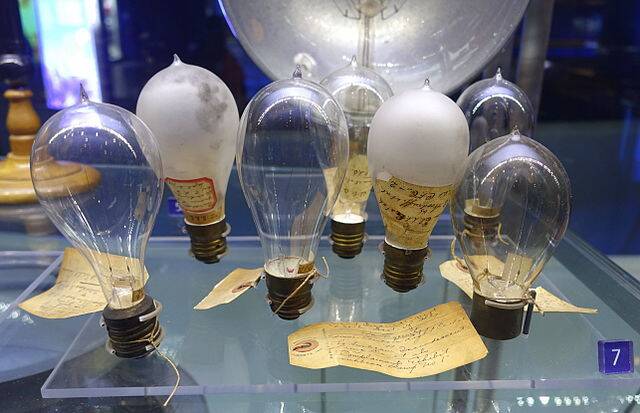
When Thomas Edison patented the practical incandescent light bulb in 1879, it brightened more than just homes and streets; it enlightened the path to modern electrical systems. Edison’s bulb made it possible to extend the day, transforming how we work, play, and interact with our environment. This invention not only revolutionized indoor lighting but also paved the way for the development of countless other electrical devices that continue to shape our world today.
The Telephone: Bridging Distances Effortlessly
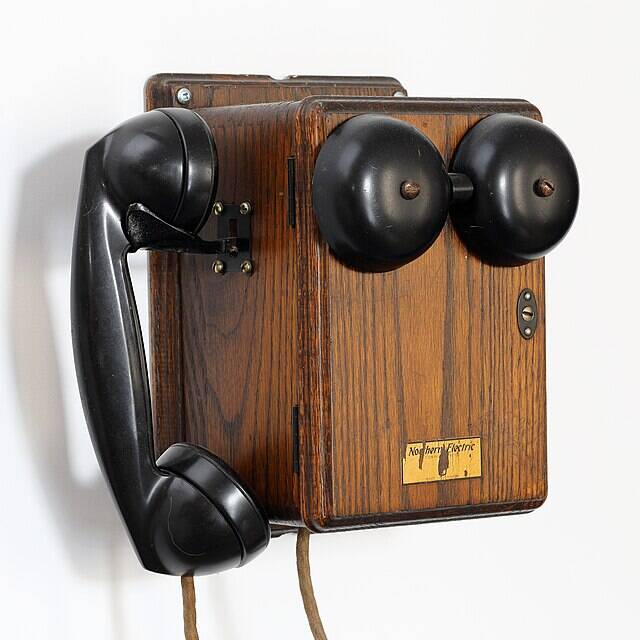
Alexander Graham Bell’s invention of the telephone in 1876 forever changed how we communicate, effectively shrinking the world by allowing voices to travel over wires. This groundbreaking technology made it possible to connect with loved ones and conduct business across great distances. The telephone set the stage for future innovations in communication, leading to the development of the mobile phone and the internet, thus making the world a more connected place.
The Automobile: Revolutionizing Transportation
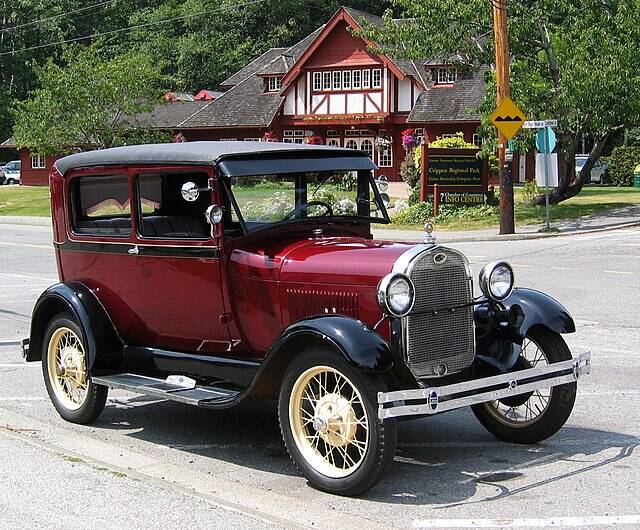
The automobile, with its roots in the late 1800s, transformed personal and commercial transportation. Innovators like Karl Benz and Henry Ford made cars accessible to the masses, reshaping urban planning and economies globally. The ability to travel independently and swiftly opened up new possibilities for commerce, leisure, and living, effectively redefining our relationship with distance and mobility. The car has evolved into a crucial component of modern life, symbolizing freedom and progress.
The Airplane: Taking to the Skies
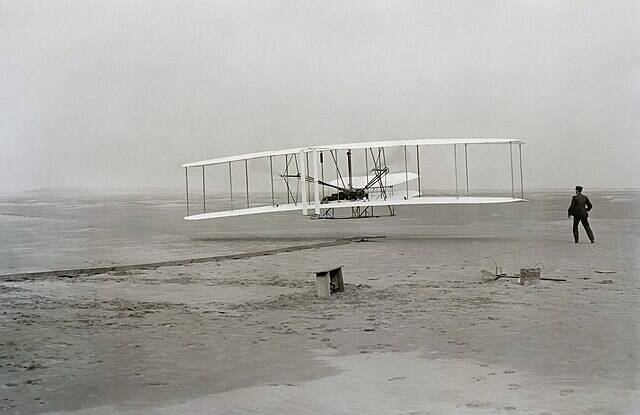
The Wright brothers’ successful flight in 1903 marked the dawn of aviation and fundamentally altered global connectivity. Airplanes have since evolved into sophisticated machines that facilitate travel and trade across continents within hours. This invention has not only bridged geographical divides but also expanded cultural and economic exchanges, making the world more interconnected. Aviation continues to drive innovation, with advancements in speed, safety, and sustainability.
The Internet: Connecting the Globe
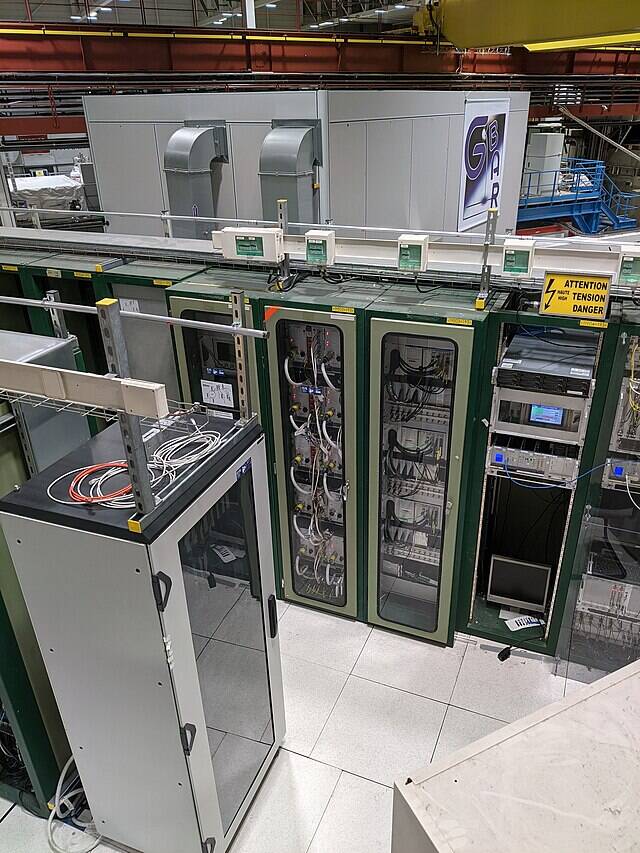
The invention of the internet in the late 20th century revolutionized how we access and share information, fostering a digital age that connects people worldwide. Initially developed for military communication, it swiftly grew into a global network that supports everything from education to entertainment. The internet has transformed industries, enabled global collaboration, and provided platforms for social interaction, making it one of the most influential inventions of our time.
The Smartphone: A World in Your Pocket

The smartphone, a brainchild of the early 21st century, integrates multiple functionalities into a single, portable device. Combining the capabilities of a computer, phone, camera, and more, it has fundamentally altered how we communicate, work, and entertain ourselves. With access to the internet at our fingertips, smartphones have become indispensable tools in our daily lives, facilitating instant communication and providing endless information and entertainment options.
The Computer: The Digital Revolution
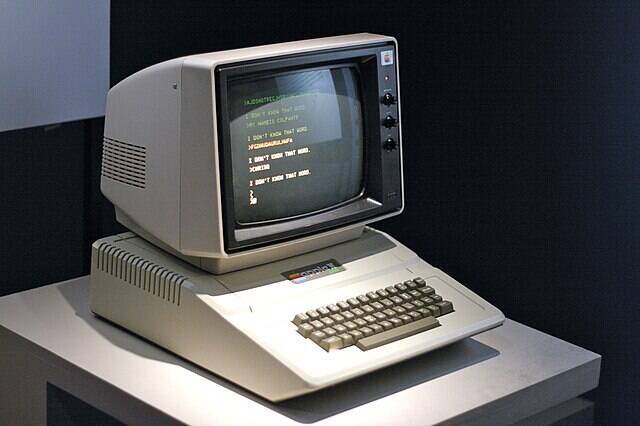
Computers, which began as room-sized machines in the mid-20th century, have evolved into powerful devices that fit on our laps. They have revolutionized industries, from finance to healthcare, and changed how we work, learn, and play. The development of personal computers made technology accessible to the average person, sparking a digital revolution that continues to advance at a rapid pace. Computers have become central to our modern existence, driving innovation and connectivity.
The Television: Bringing Stories to Life
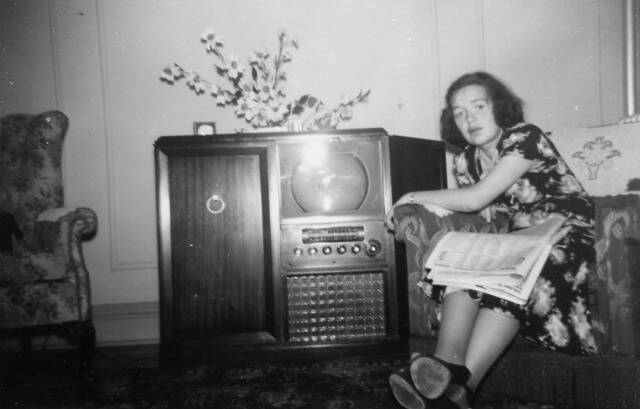
Television, which became popular in the mid-20th century, transformed entertainment by bringing moving images into homes. It provided a new medium for storytelling, news, and education, captivating audiences worldwide. Television has evolved from black-and-white broadcasts to high-definition color and streaming services, constantly adapting to technological advancements. This invention has significantly influenced culture and society, shaping public opinion and providing a shared experience for millions.
The Camera: Capturing Moments Forever
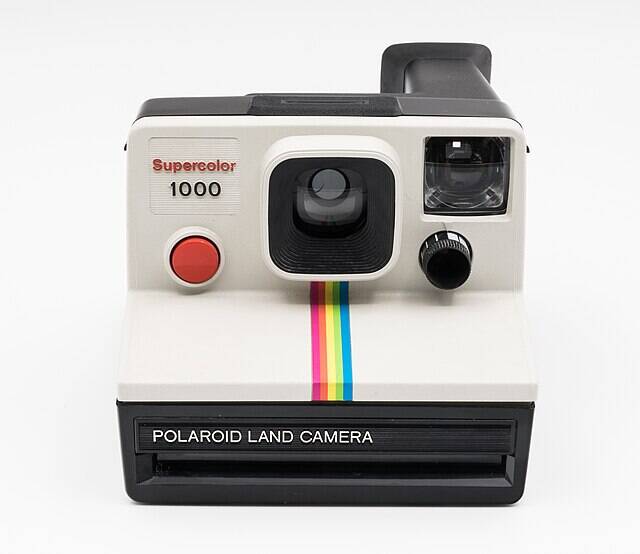
The camera, first developed in the early 19th century, revolutionized how we capture and preserve memories. From daguerreotypes to digital photography, cameras have evolved dramatically, making it easier to document and share our lives. The invention of photography has had a profound impact on art, journalism, and personal expression, allowing us to capture moments with unprecedented accuracy and share them with the world. Cameras continue to evolve, incorporating new technologies and expanding creative possibilities.
The Antibiotics: A Leap in Medical Science

The discovery of antibiotics, beginning with penicillin by Alexander Fleming in 1928, revolutionized medicine by providing effective treatments for bacterial infections. This breakthrough significantly reduced mortality rates and transformed healthcare, making previously deadly diseases manageable. Antibiotics have saved countless lives and continue to be a cornerstone of modern medicine. However, the rise of antibiotic resistance highlights the need for continued innovation and responsible use of these vital medications.
The Refrigerator: Keeping It Cool

The refrigerator, which became a household staple in the 20th century, revolutionized food storage and preservation. By keeping perishables cool, it extended their shelf life and reduced food waste, transforming the way we shop and eat. This appliance has had a profound impact on modern life, enabling global food distribution and enhancing food safety. Refrigeration technology continues to evolve, improving energy efficiency and sustainability while maintaining its essential role in our kitchens.
The GPS: Navigating with Precision

The Global Positioning System (GPS), originally developed for military use in the 1970s, has become an essential tool for navigation and location-based services. GPS technology allows for precise positioning and timing, enhancing everything from driving directions to global logistics. It has transformed industries such as transportation, agriculture, and telecommunications, providing critical data for decision-making and planning. As GPS technology continues to advance, its applications and accuracy only grow, further integrating into our daily lives.
The Electric Motor: Powering Progress
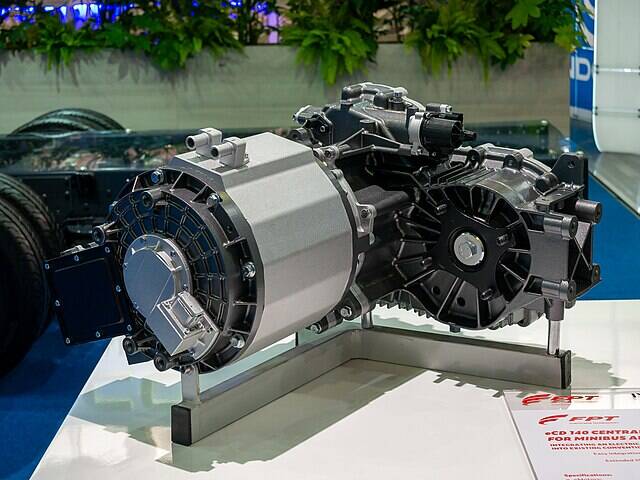
The electric motor, which dates back to the early 19th century, has been a key driver of industrialization and innovation. By converting electrical energy into mechanical motion, it powers a wide range of devices and machinery, from household appliances to electric vehicles. The development of efficient electric motors has facilitated technological advancements and contributed significantly to economic growth. As we move towards a more sustainable future, electric motors continue to play a crucial role in reducing carbon emissions and promoting clean energy.
The Steam Engine: Fueling Industrial Change

The steam engine, developed in the late 18th century, powered the Industrial Revolution by providing a reliable source of energy for factories and transportation. Inventors like James Watt improved its efficiency, enabling mass production and mechanization. The steam engine’s impact extended beyond industry, influencing societal structures and economic development. While it has largely been replaced by more efficient technologies, the steam engine remains a symbol of human ingenuity and the transformative power of invention.



